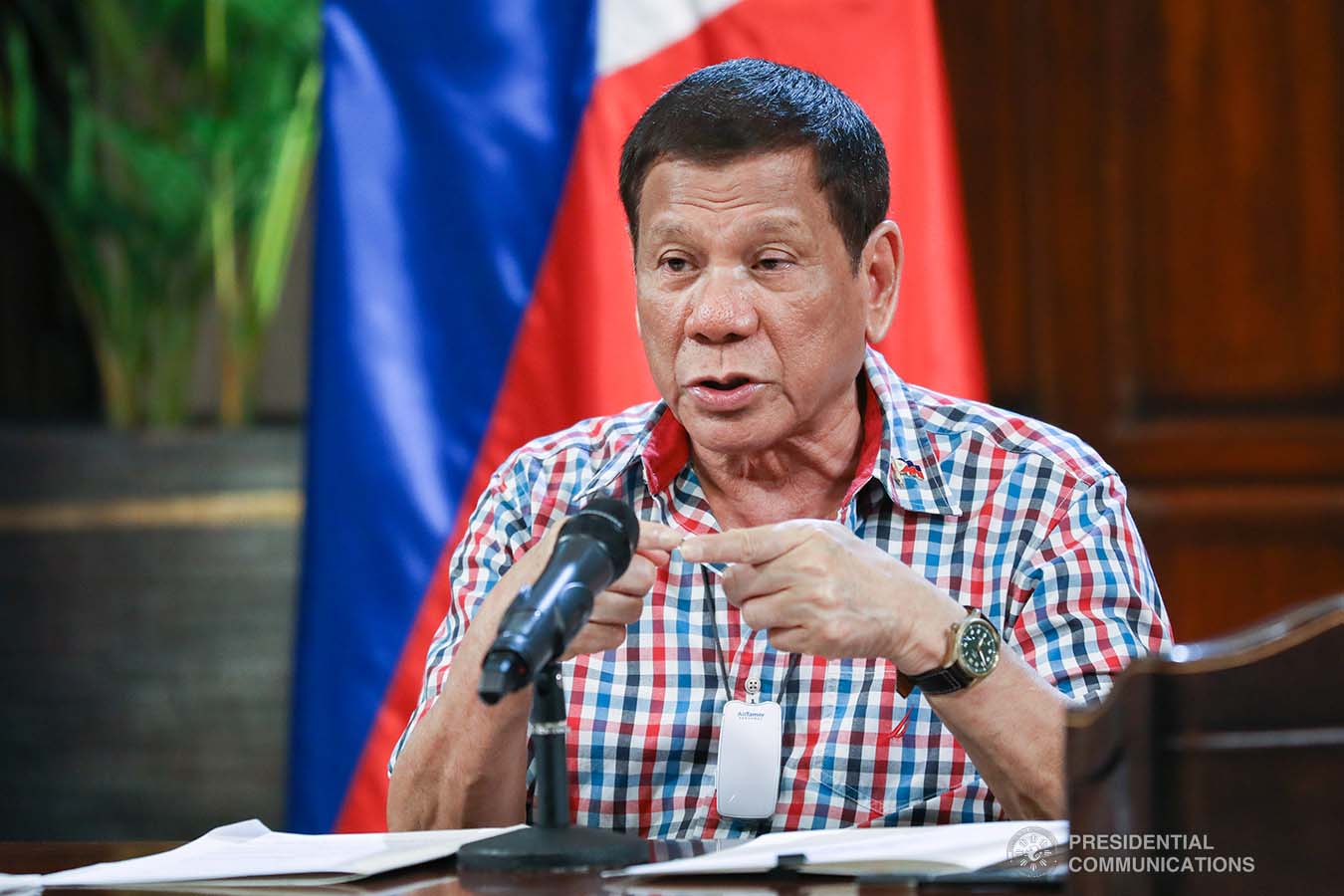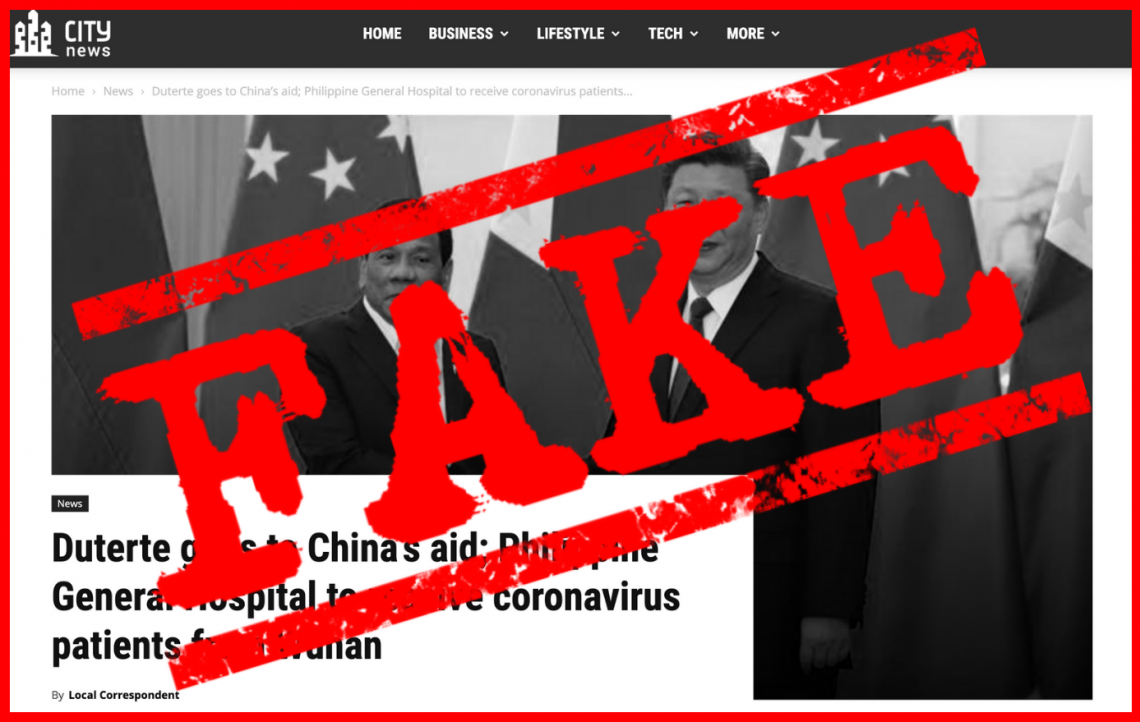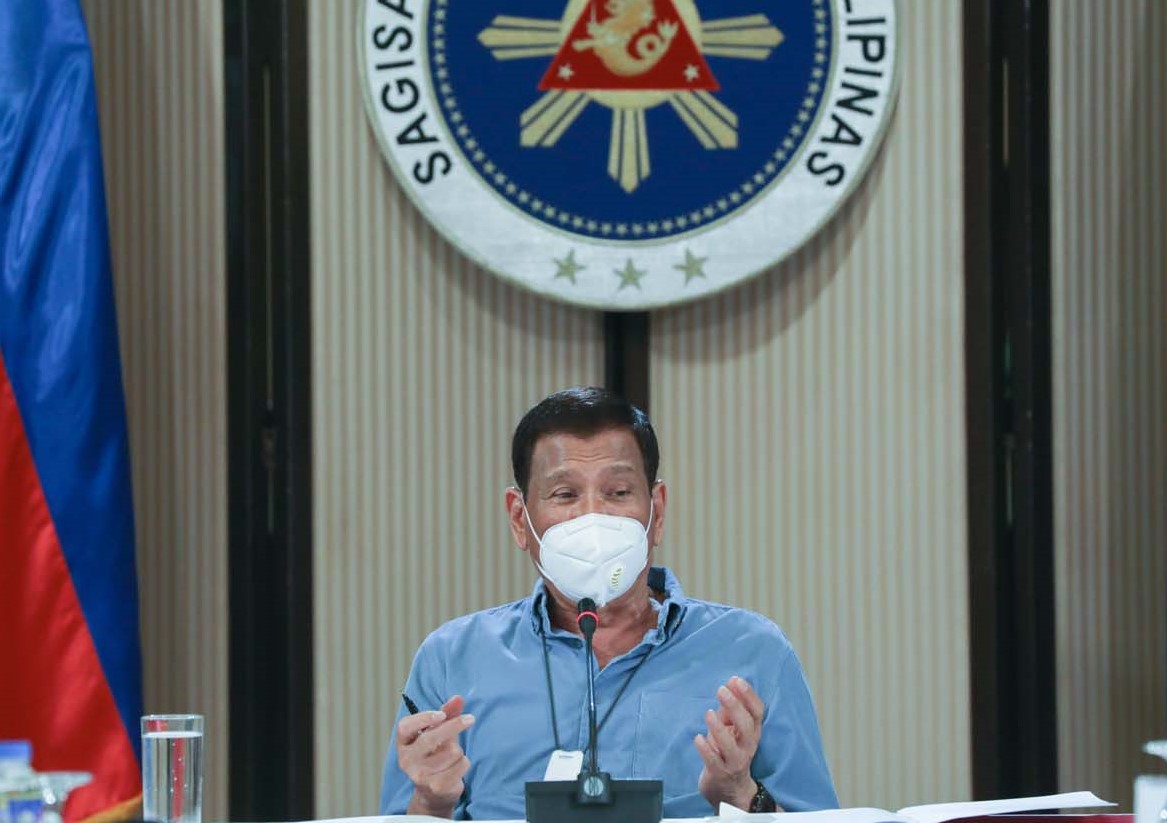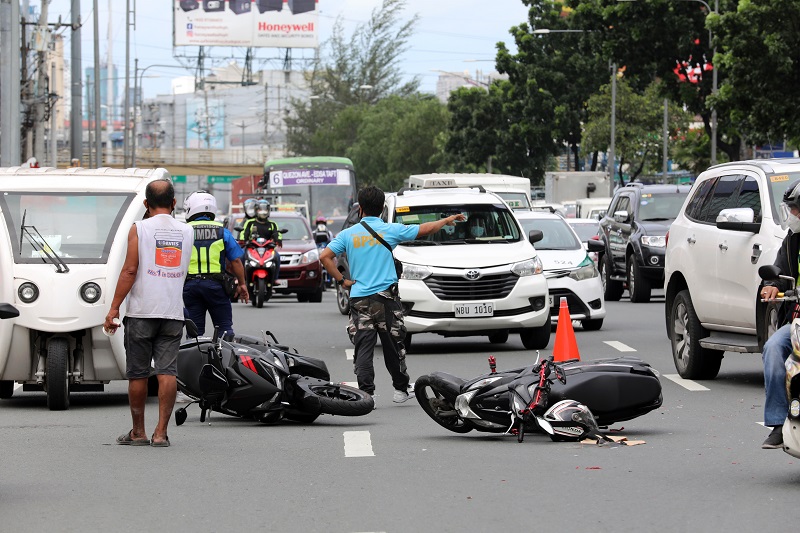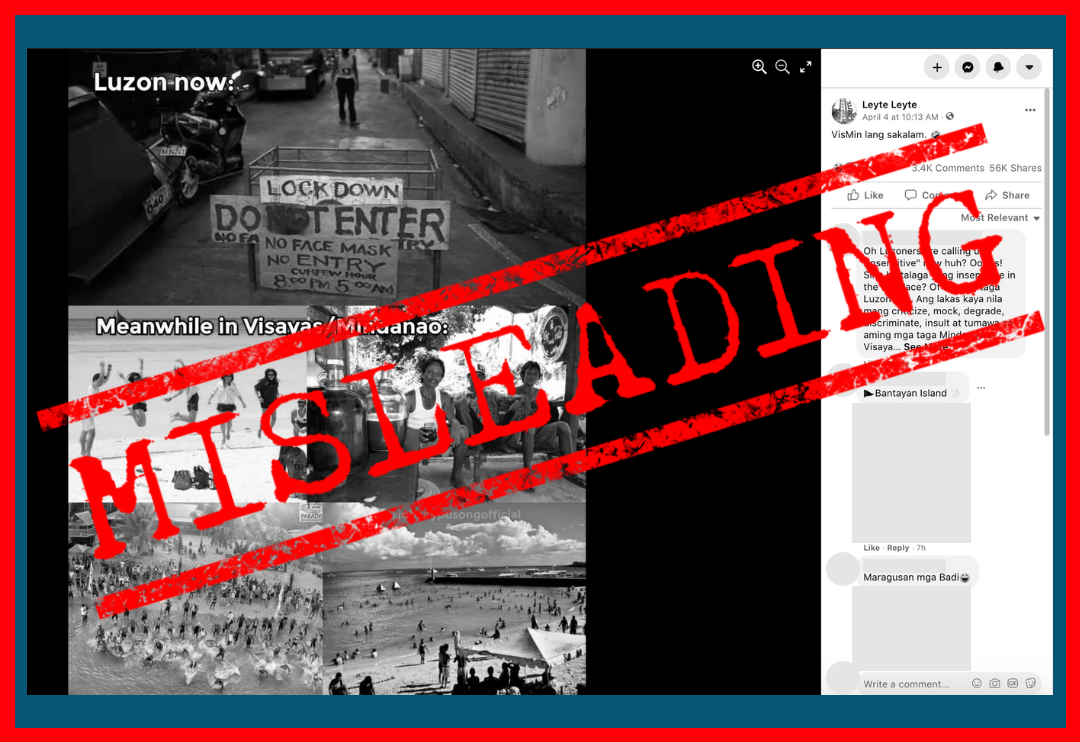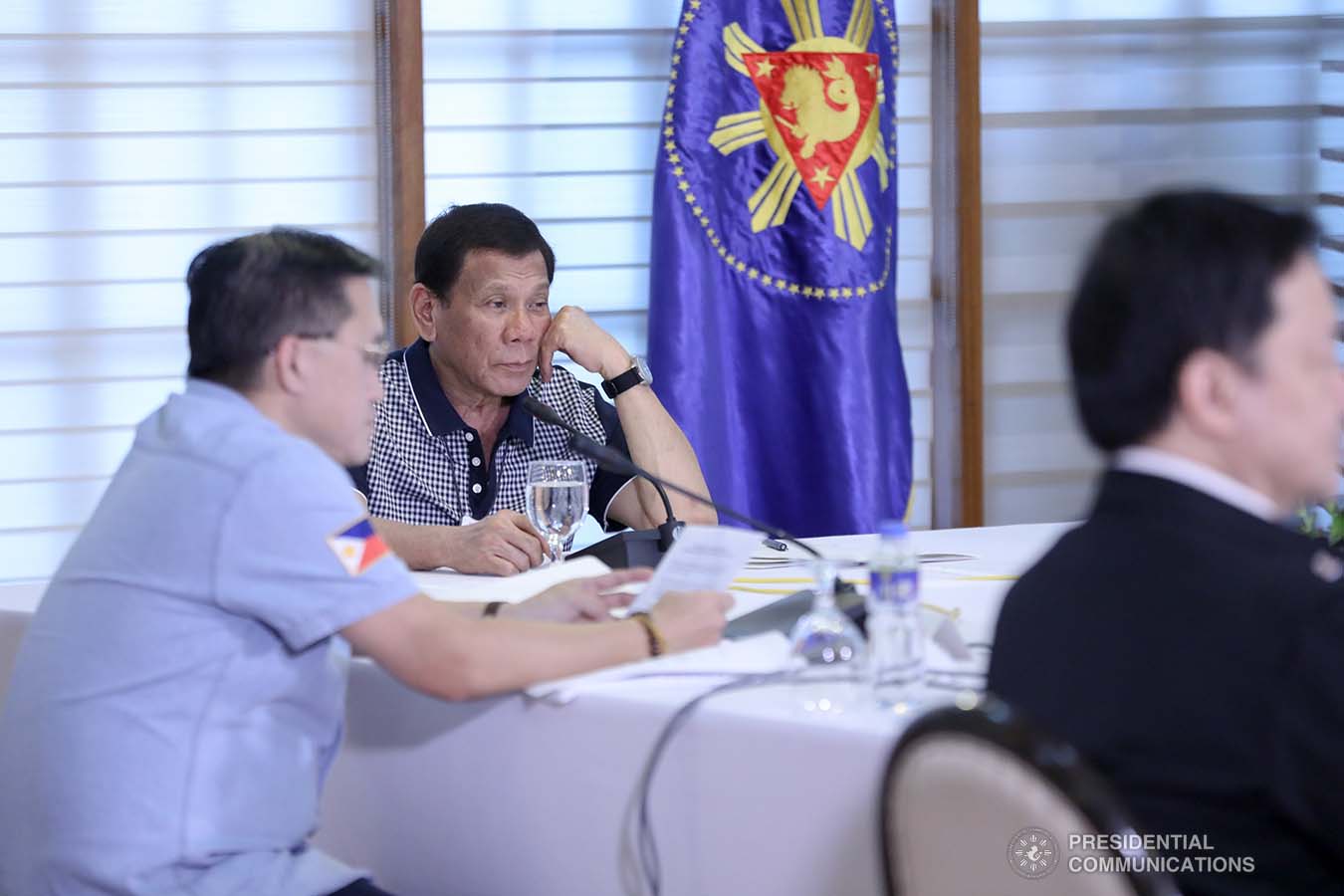President Rodrigo Duterte repeated his erroneous claim that the Philippines was the first to impose a “lockdown” in Asia to combat the spread of the coronavirus disease (COVID-19). This, as officials rebut allegations that the government initially failed to implement strict measures to contain the outbreak in the country.
STATEMENT
On April 16, in another late night “talk to the people” speech, Duterte said that while a “lockdown” is a “cruel action” by the government, it has prevented a lot of people from catching the virus.
He then said:
“Kasi kung hindi ko ni-lockdown ang Pilipinas…Nakita mo ‘yung mga bansa na, you know, hindi naman — I don’t know if it’s…Kayabangan rin naman nila, ayaw. But dito, tayo ang nauna sa Asia. Tayo talaga ang nauna sa Asia.
(If I didn’t place the Philippines on lockdown…have you seen other countries that, you know, they did not [impose a lockdown?] — I don’t know if it’s…[because of] their arrogance, they did not want to. But here, we were the first in Asia. We were actually the first in Asia.)”
Source: RTVMalacanang, Talk to the People on COVID-19 4/16/2020, April 16, 2020, watch from 36:54 to 37:17
Duterte made a similar claim on April 8, saying he was the first to implement a lockdown because he “followed the story” of COVID-19.
FACT
Contrary to the president’s claim, at least four countries in Asia imposed lockdown and quarantine measures to address the pandemic ahead of the Philippines.
Duterte placed the entire Metro Manila first under community quarantine only on March 12, then a near 30-day enhanced community quarantine (ECQ) on March 16, which he then expanded to cover the entire Luzon until April 30. See FACT SHEET: Understanding ‘community quarantine’ and ‘social distancing’ policies
Other Asian countries, such as Vietnam, Saudi Arabia, and Mongolia, had implemented lockdown strategies prior to this — some as early as in February. China was the first to impose the measure worldwide, when it declared a lockdown in January in Wuhan City, Hubei Province, ground zero of the outbreak.
In fact, Duterte and Health Secretary Francisco Duque III rejected the initial proposal of a lawmaker on March 9 to impose a lockdown, specifically in Metro Manila, calling it “premature” as the country had yet to reach “that kind of contamination.”
At the time, there were 20 confirmed COVID-19 cases in the country, and health authorities had recorded the first local transmission of the disease. When the president announced the community quarantine on March 12, there were already 52 confirmed cases, more than double the figures three days prior.
Duterte had initially downplayed the novel coronavirus threat, saying in a press briefing on Feb. 3 that the virus will “die a natural death even without a vaccine.” Less than two weeks later, he encouraged Filipinos to travel around the country with him to boost local tourism. See FACT CHECK: Duterte says he’s been warning of ‘deadly’ COVID-19 from the beginning. Not quite.
As of April 22, the Philippines has recorded 6,710 COVID-19 cases, with 446 fatalities and 693 recoveries. To date, it has the third highest number of reported cases in Southeast Asia (SEA), next to Singapore and Indonesia, according to the Johns Hopkins tracker.
Dismissing insinuations that the shortcomings of the government — not the people’s “lack of discipline,” as he previously claimed — placed the Philippines among SEA countries with the highest COVID-19 cases, Presidential Spokesperson Harry Roque, in his April 20 briefing, said:
“I dispute that po dahil tayo po ang kauna-unahang bansa sa (because we were the first country in) Asia na nagkaroon ng (that imposed an) ECQ (enhanced community quarantine). So hindi po tayo mabagal (We are not slow).”
Source: Presidential Communications Operations Office, Virtual Presser of Secretary Harry Roque, April 20, 2020, watch from 34:06 to 34:13
For his part, Cabinet Secretary Karlo Nograles, the spokesperson of the Inter-Agency Task Force for Emerging Infectious Diseases which handles the national policy on COVID-19, earlier said that if the president had not declared an ECQ when he did, “when there were people who were even saying na (that it was) OA (over acting), you can only imagine…it would have been much worse for the Philippines.”
Other officials have also touted the wisdom of a “lockdown” halfway through the ECQ.
Presidential Adviser on Peace Process Carlito Galvez Jr., the chief implementer of the national policy against COVID-19, in a briefing on April 8, said the measure was “very helpful” because it bought the country more time to improve its medical capacity.
In the same briefing, Duque — who, in January, turned down the idea of banning tourists coming from mainland China — cited Duterte’s “bold” moves to put in place an “absolute travel restriction” and to impose a “lockdown,” or an ECQ, as the “main reasons” why the country has a “low rate of infection” compared to other countries.
This is not the first time Duterte made an erroneous statement about the lockdown strategy against the COVID-19 pandemic. On March 19, he falsely claimed all countries in the world have already imposed such methods. See FACT CHECK: Duterte wrongly claims all countries imposed lockdown to counter COVID-19
